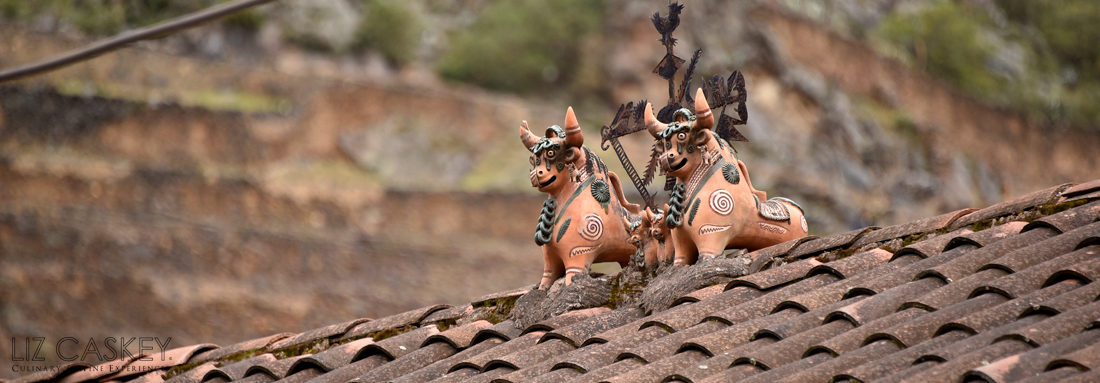
This text was written this text for the Sunday Travel section of the La Tercera newspaper on February 26, 2006 (translated here from Spanish) as part of a large calendar of wine-related parties and activities in the many valleys surrounding Santiago. Harvest is underway here and fall is in the air with cooler nights and the leaves slowly turning. For all in the Northern hemisphere challenged by the concept of harvest in the North American spring, add 6 months to the calendar month (September). Time will tell how this harvest goes and most importantly, behaves in the bottle. Feliz Vendimia 2006!
In the Chilean wine world right now, the million-dollar question could very well be, “When to harvest?” or “How will the harvest be?”. So many variables, so many valleys, so many expectations. Every harvest is a well-calculated gamble, picking in the precise moment to create that perfect wine. Harvest is a delicate balance of science, intuition, alquimy, and a lot of hard work to collect and bring those little grape clusters in pristine condition to the fermentation tanks.
All the valleys and wineries here follow their own picking calendar and in fact, vendimia, as we call it here in Chile, has already begun in different wine-growing areas and will extend through April, including Mayo. In the hotter valleys like Colchagua where white grapes usually are not grown due to the high temperatures, those that have resisted are promptly being harvested to avoid being cooked under the relentless UV rays of the Chilean sun or quickly become raisins. However, in their northern colder counterparts like the Casablanca and San Antonio valley, or even the Bío Bío region far to the south, many grapes are still clinging on, waiting for their optimum maturity several more weeks. Generally speaking, after the harvesting of the whites, in very specific zones (usually near the coast), it is time for the “fussy” harvest: Pinot Noir. Mainly cultivated in Chile near the cool Pacific coast like Casablanca and San Antonio, the fame of this ruby Pinot is its tempermental character that is never the same from one harvest to the next. Known as the most challenging grape to “tame”, to produce a good Pinot is quite like no other feat.
After the Pinot harvest in Chile the reds start at full speed, first with Merlot in late March-April. The King, Cabernet Sauvignon, the potent and full Syrah, and smoky, silky Carmenere follow needing more time on the vine to ripen until the last possible momento to develop their thick skin and sugar content. For some valleys, they may harvest as late as mid-May.
What is certain is that it is a race to harvest with the perfect degree of ripenness always running the risk that the climate will be fickle and those first fall rains will come too soon. In this early portion of the harvest season, all the attention tends to be showered on the vendimia with local celebrations and parties in the principal towns in the wine growing areas.
Careful though, although the parties are a blast, vendimia is not just a party that lasts a weekend; it is a tradition initiated centuries ago by the Greeks celebrating Bacchus, the god of wine. This time of the year is when the fruits of the wine are collected and the preceeding year captured in the grapes themselves: the land, the labor, the care, the affection, the human touch, all of that history is put into a bottle and known as “wine”. Please, we have the privilege to live in Chile, a country that produces excellent wine so please get out there and visit the vineyards that are so close and get to know this beautiful story and life of wine that is more profound than anything in your cup drinking at the stands. The spirit of harvest season is moving–and yes, it tastes good too. Salud!












